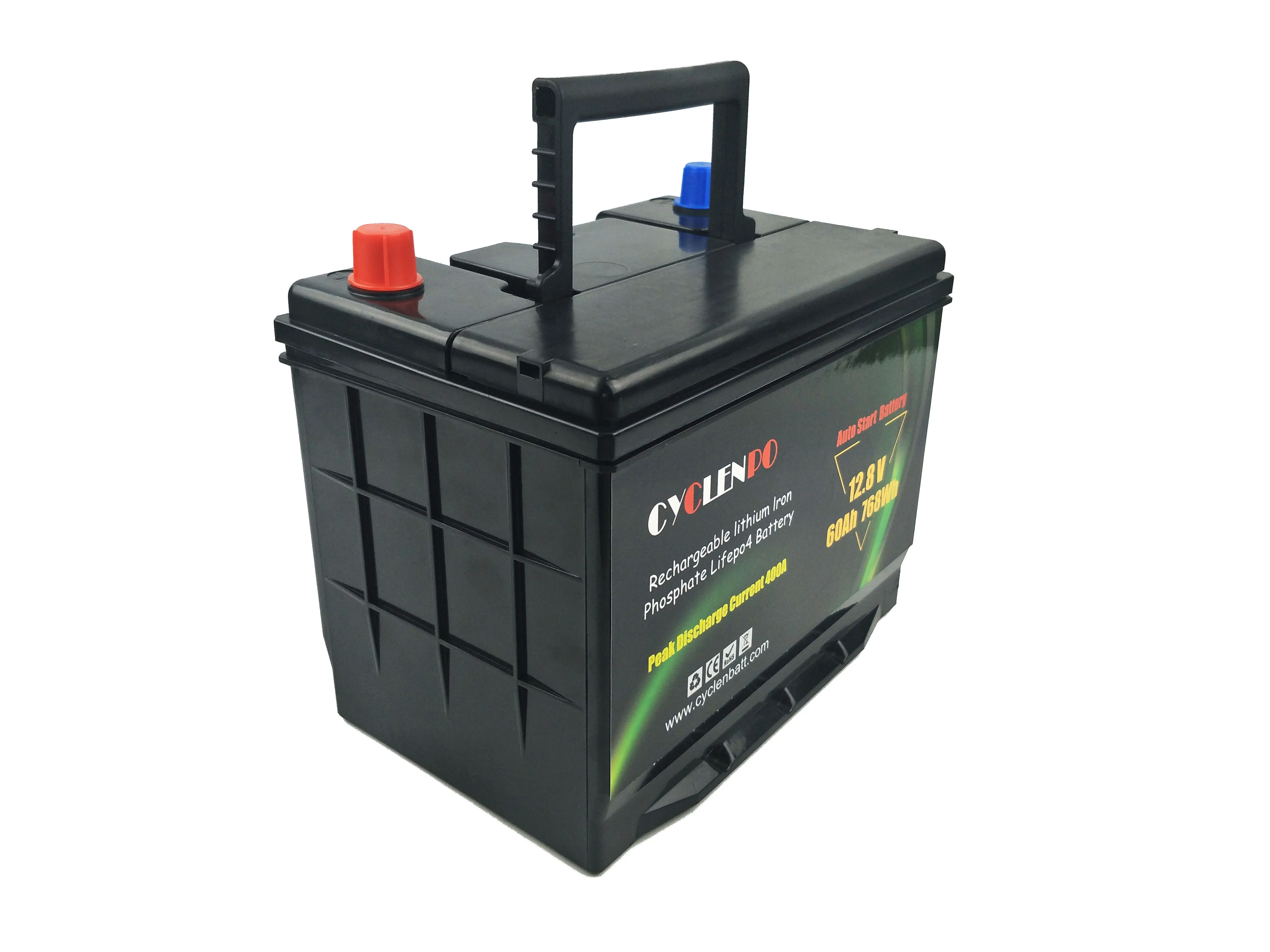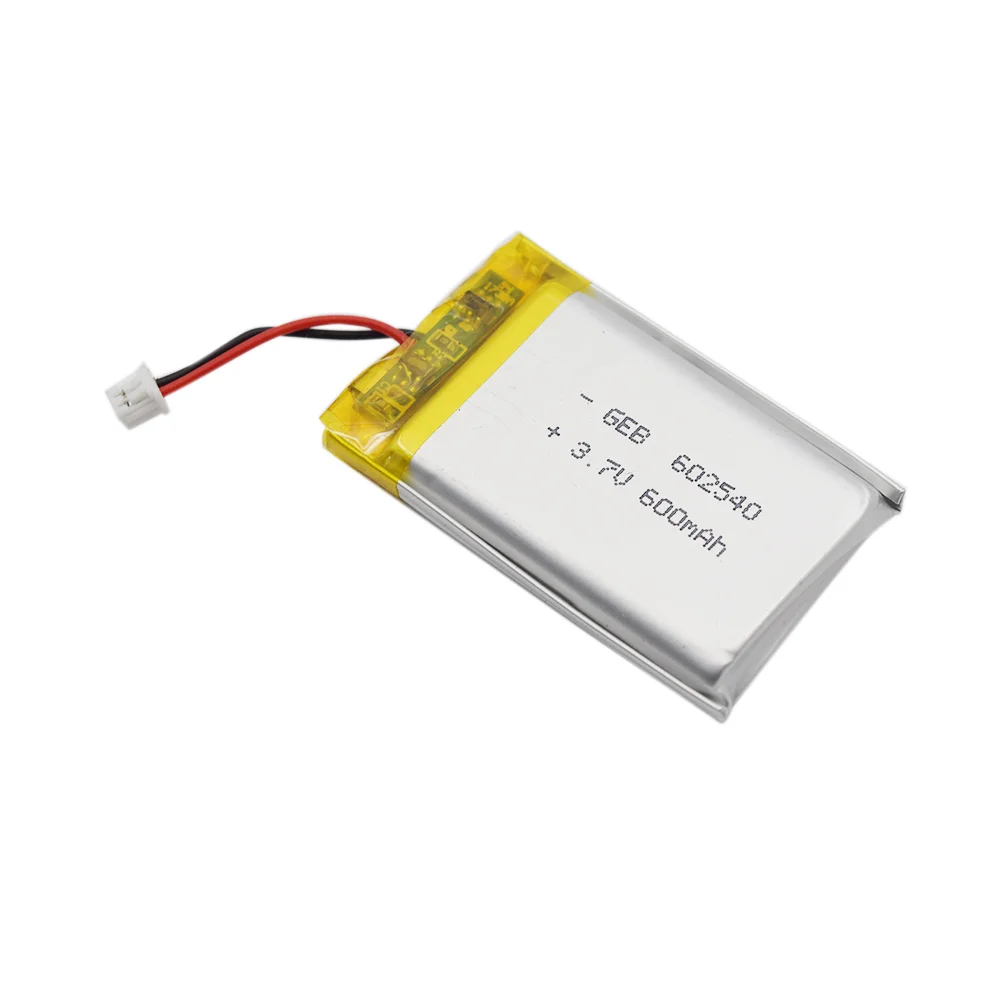
Internal resistance is also a critical index to define state of health (SoH) for lithium ion batteries 3.Ĭell resistance also has implications for the performance of the entire battery system.

Knowing and understanding cell resistance therefore, is crucial in defining cell performance for different battery states and operating conditions. As the cell ages, through storage and cycling, this efficiency becomes progressively worse 2. The performance and efficiency of a lithium ion battery is largely governed by the resistance of the electrochemical system. It is important that the battery is able to safely, reliably, and efficiently provide and accept power and store energy as required. Furthermore, given that EIS is a perturbative characterisation technique, employing a spectrum of perturbation frequencies, we show that the resistance estimated from any technique can be identified – to a high level of confidence – from EIS by matching their timescales.īatteries play a significant part in powering modern technology, from consumer goods to electric vehicles and renewable energy storage systems 1. The results indicate that the computed resistance is strongly dependent on the timescales of the technique employed and that when timescales match, the resistances derived via different techniques align.

In this work, we apply these techniques to 20 Ah LiFePO 4/C 6 pouch cells and use the results to compare the techniques. From existing literature, these techniques are perceived to yield differing values of resistance. There are many techniques that have been employed for estimating the resistance of a battery, these include: using DC pulse current signals such as pulse power tests or Hybrid Pulse Power Characterization (HPPC) tests using AC current signals, i.e., electrochemical impedance spectroscopy (EIS) and using pulse-multisine measurements. Characterizing resistance, therefore, is integral in defining battery operational boundaries, estimating its performance and tracking its state of health. Life: Excellent calendar life, 10X cycle life vs.The power capability of a lithium ion battery is governed by its resistance, which changes with battery state such as temperature, state of charge, and state of health.Safety: Excellent abuse tolerance and environmentally friendly.Commercial truck and bus hybrid electric vehicles (HEVs).

Grid stabilization energy storage systems.Proven performance in the toughest conditions, combining durability, reliability, and safety, the ANR26650 cell offers an excellent combination of price-performance.

This versatile lithium ion cell is suitable for a wide variety of applications and system designs. The ANR26650M1-B is the next generation of A123 Systems’ pioneering 26650 cylindrical cell, now with greater power and energy density and lower impedance.
#LITHIUM ION BATTERY PULSE SPECIFICATION DOWNLOAD#
Lithium Ion cell, Nanophosphate® (LiFePO4) Technology (Formerly A123 Systems)įor Volume Pricing email us at or call us today at 24.Ĭlick Here to download the LithiumWerks ANR26650M1-B specification sheetĬlick Here for the LithiumWerks - Charging Recomendation Document LithiumWerks ANR26650M1-B, 3.3 Volt, 2.5Ah, Lithium Iron Phosphate (LiFePO4) Battery


 0 kommentar(er)
0 kommentar(er)
